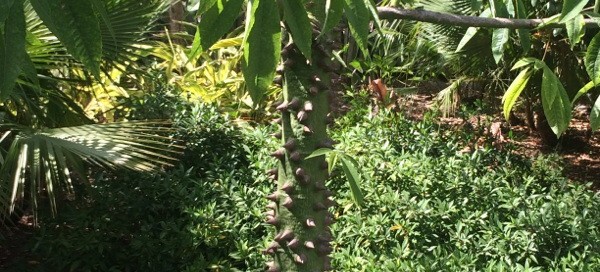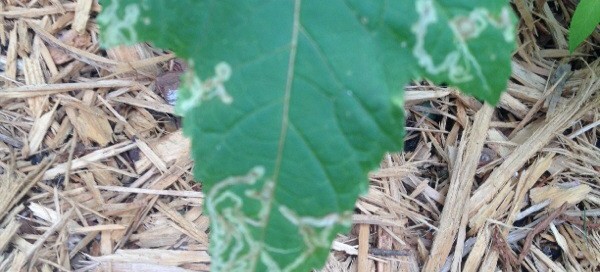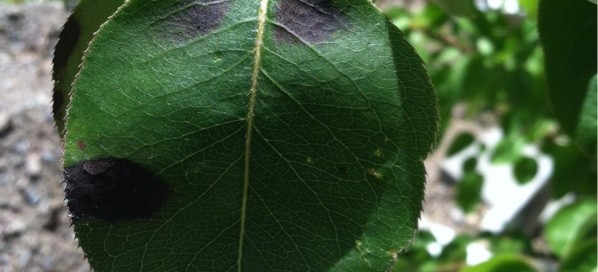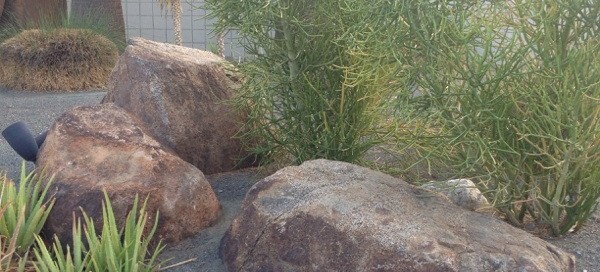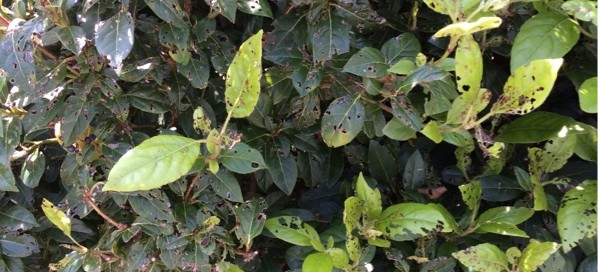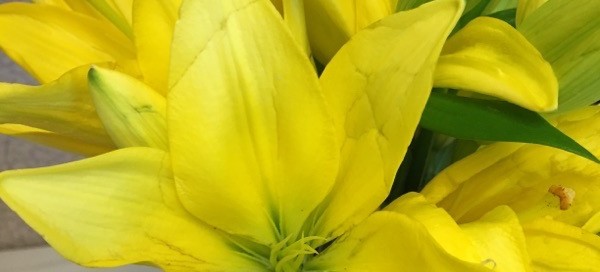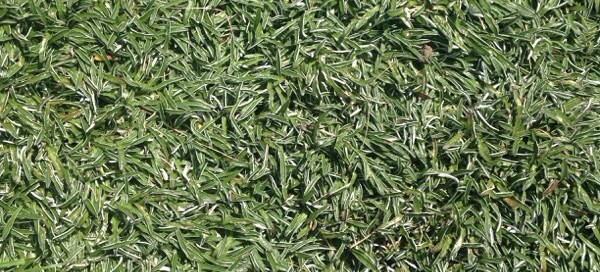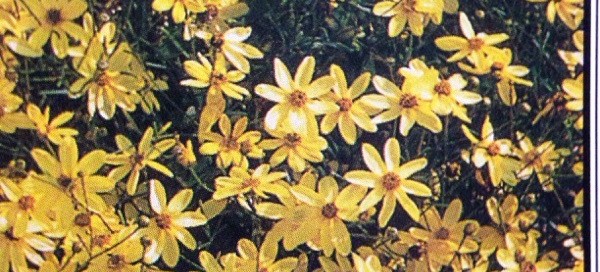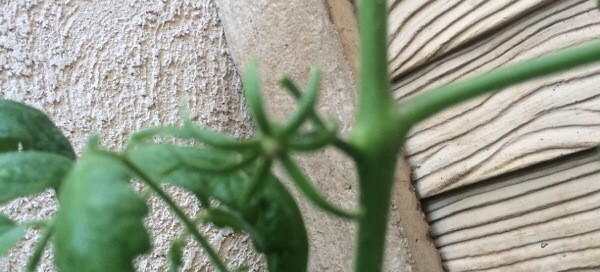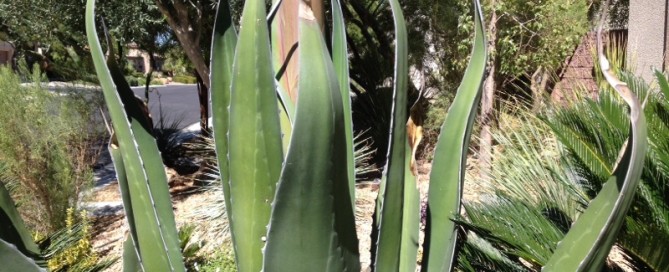Floss Silk Tree
This appears to be the seed of C. speciosa tree (genus has recently changed from Chorisia to Cebia) that produces big pods, cottony fluff and beautiful hibiscus-looking pink flowers. Flowers are followed by pear-shaped capsules (fruit pods) filled with seed embedded in silky white floss (hence the common name of silk floss tree). In its native territory, floss has been harvested for a number of uses including stuffing pillows. Capsules split open in spring when ripe releasing the seeds into the wind. Fruit is not edible. The trunk is studded with spines and is native to South America, but does well in parts of Florida and California. Leaves are divided into leaflets similar to fingers of a hand. Will go deciduous. Needs full sun and moderate water once established.
